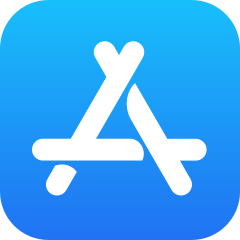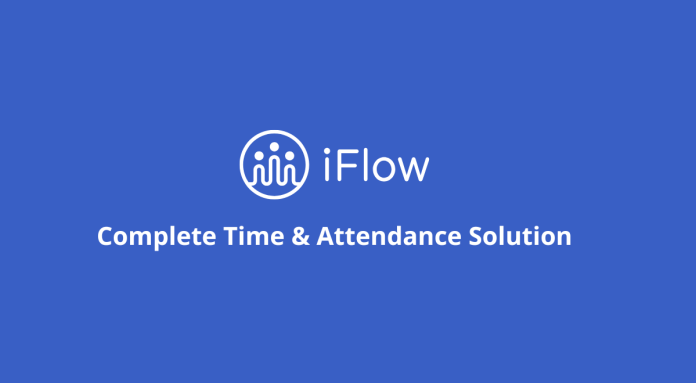Excel timesheets are, still, the go-to option for a lot of businesses when they are planning the work schedule. If you have a professional life, you know what I’m talking about. I’m referring to that spreadsheet only your HR manager can understand.
While trying to find the differences between an HR software and an Excel timesheet, I identified a few reasons why some people can’t get over Excel.
WHY DO PEOPLE KEEP USING EXCEL IN 2020
The reason why people usually don’t like changes is routine. The level of familiarity makes Excel feel like a comfort zone. Why change something you are already accustomed to using? Everyone knows how to use it so they can skip the training part when they hire someone new. Also, Excel comes with the Microsoft Office package, which means there are not any additional costs.
They already have the program on their computers, and they know how to use it, so they don’t take into consideration the disadvantages. For example, spending a lot of time trying to make the perfect spreadsheet and filling manually all the data required.
Years ago, Excel was the only game in town so we shouldn’t be surprised about the power it still holds.
What I am questioning though is why use a spreadsheet, when you can have everything automatically generated by an HR software.
7 REASONS WHY YOU SHOULD CONSIDER GETTING AN HR SOFTWARE
1. HUMAN ERROR
Unfortunately, when you are using an Excel timesheet to monitor the hours each employee worked, there is room for human error. Based on a study, almost 9 out of 10 spreadsheets contain errors. How many mistakes can a business afford on a monthly basis?
At the end of the month, you realize you need to recalculate salaries because someone didn’t introduce correctly their overtime hours. Mistakes often appear because, in a spreadsheet, you need to manually input data more than once. Also, you need to figure out all the algorithms. An HR software works automatically based on your data and settings.
2. USAGE LIMIT
Another limitation of Excel is that only one person can use it at a time. This means that your employees can’t access it at the same time to fill in anything they need. This can be an impediment for your employees because it means they need to wait to receive access.
A survey suggests that 1 in 5 businesses are using spreadsheets to correspond internally. Imagine all the time your employees wasted at work because of this and how much information was lost. Spreadsheets are good for a lot of things but not be used as the main tool to communicate data internally.
3. AUTOMATIC APPROVALS
Because it is just a spreadsheet, it means you can’t do any automatic approvals. Every time someone has a request, you need to check yourself if it overlaps with someone else’s and then inform the employee about your decision. Probably this is going to be easy if you have 5 employees. But if there are 20, 50, 100 or more employees, how much time are you going to spend just analyzing the schedule? All of this just for a simple day off.
With an app, you can manage all absences, sick leaves, personal days, etc. at once without using different Excel templates.
4. VISIBILITY OVER EMPLOYEES ATTENDANCE
Using an HR software you can have complete visibility over the presence within your company. Maybe this does not seem necessary, because you trust your employees. Sadly, intentional or accidental time theft is considered by many one of the biggest costs for businesses.
Besides, if you can easily see who is working extra hours, then you can manage your employees and projects more efficiently. It’s easy to appoint employees to certain projects or tasks when you can clearly see what team is the busiest.
5. MANAGE REQUESTS ON THE GO
How about managing your employees from anywhere? Compared to the Excel timesheet, an HR software will not keep you behind a desk. You can check everything from your tablet or smartphone.
Are you doing remote work today, but you manage all your employees? That can be quite difficult to do when you are using a spreadsheet. If you can approve or reject requests from your phone your employees will probably not even feel your absence.
6. PRIVACY CONTROLS
If you are using Excel for some time, you clearly noticed that the privacy controls are little to none. Sensitive data is vulnerable to mismanagement, which is not the case for the HR software. Usually, the administrator can have access to all the information, while the employees can only see the information about themselves.
You need to take into consideration the General Data Protection Regulation (GDPR) and always be careful about who has access to what. You don’t want employees to be able to see personal information about their colleagues.
7. PERMISSIONS
You can even do task distribution while using a time & attendance app. If your company is divided into teams, you can give permissions to team leaders and they can manage the request for their team because they are more up to date with their workflow.
Sharing permissions with team leaders is most likely the best solution to efficiently manage employees. They can make more informed decisions. It’s easier for a team leader to be acquainted with his team, than for a manager with every person in the company.
WHAT SHOULD YOU CHOOSE?
By comparing HR software to an Excel timesheet, you can see things from another perspective. But if you still consider using Excel is the right choice for you, you can access this link to find different Excel templates that can help you manage schedules or payrolls.
If you choose to take the next step to an HR software, I recommend choosing a web-based app because then you know it will be always updated. Opposite to developing an intern app that you will probably need to keep updating yourself or pay someone to do it.






